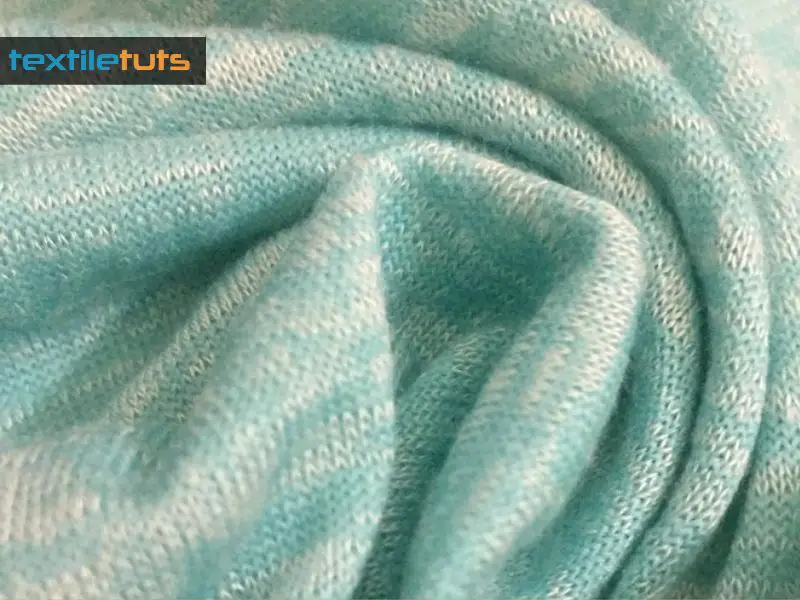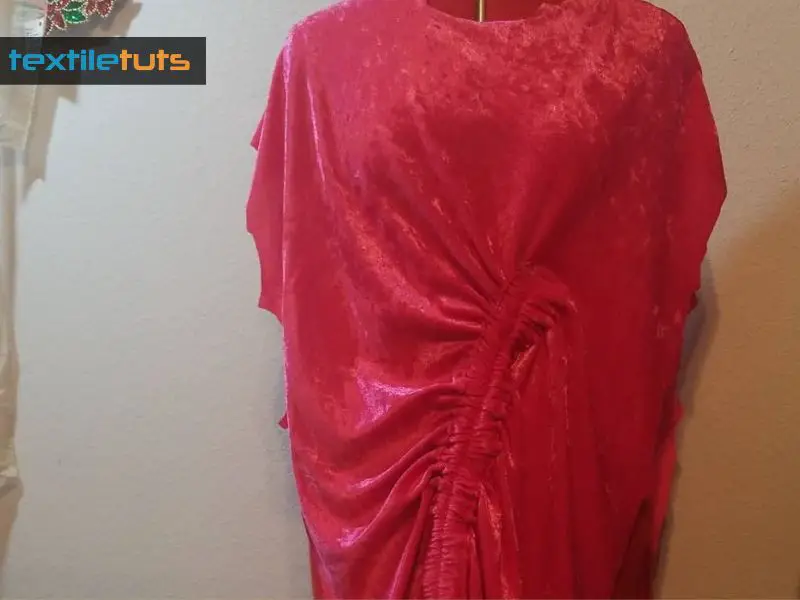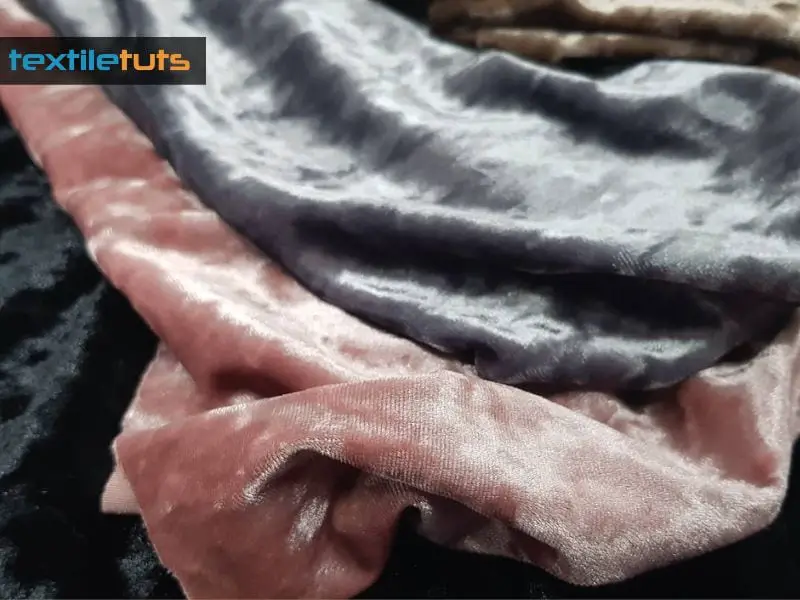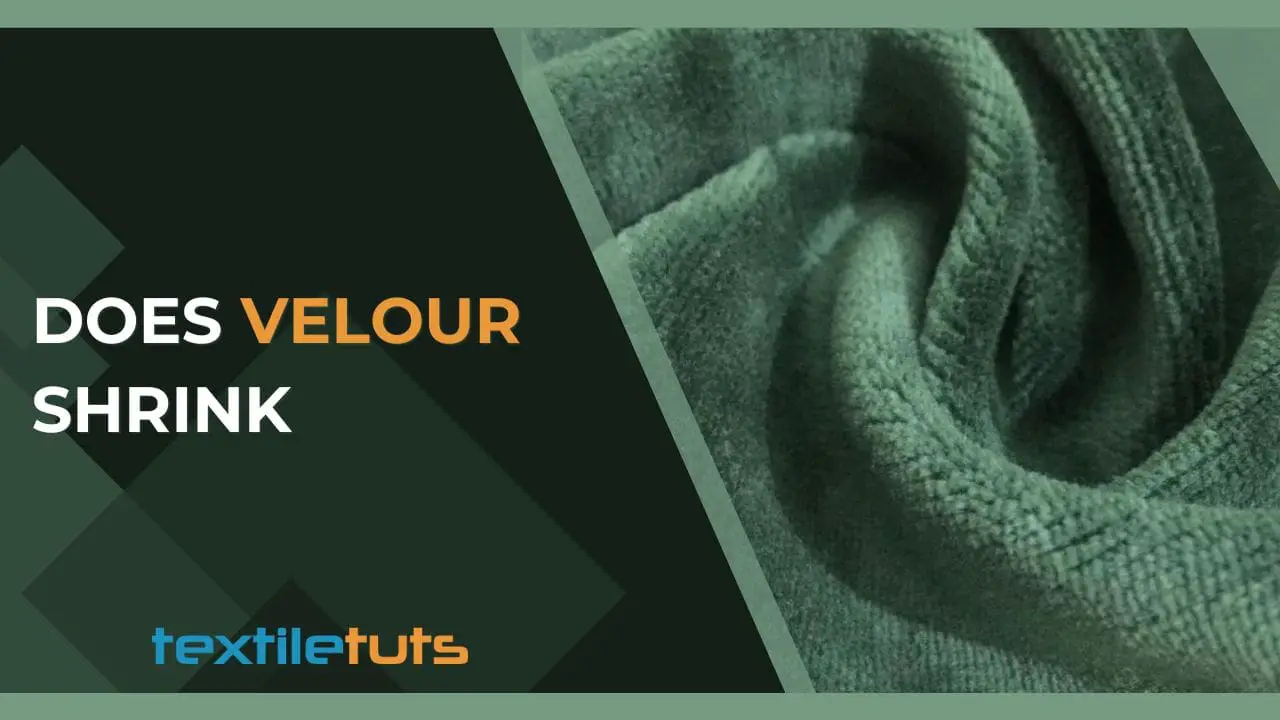Does Velour Shrink? – The Ultimate Velour Enigma
Cotton, linen, and silk are common materials that many people expect to shrink. But what about the less common material – velour? Whether or not this exquisite fabric is prone to shrinking is essential if you invest in velour clothing or upholstery.
Being washable and stretchy, velour may experience a slight shrinkage when exposed to heat, such as when placed in a dryer or ironed at high temperatures. This fabric can be made of either natural or synthetic materials – a factor that directly influences whether or not it will shrink.
Here, I will focus on delving into the topic, discussing the properties of velour, and offering tips on how to care for your velour items to prevent shrinkage.
Can Velour Fabric Shrink?
Velour fabric can shrink if not properly cared for. Velour is a plush, knitted fabric or textile made from cotton or polyester. Despite its luxurious look and feel, velour is susceptible to shrinkage, particularly under high temperatures when washed or dried.
Much like velvet, it’s a soft, fuzzy material that needs to be handled delicately when washed to maintain its integrity and size. To prevent the velour from shrinking, the safest way to clean it is to hand wash it using cold water and mild detergent and then let it air dry.
Just remember that popping it in the dryer will likely cause shrinkage because the high heat can damage the fibers and cause them to contract. Even using warm water while hand washing could potentially shrink the fabric.
How Much Does Velour Shrink?
Velour is a plush, knit fabric that is typically made from cotton but can also be derived from synthetic materials like polyester. Shrinkage rates can vary depending on the quality of the fabric and how it’s washed and dried. However, cotton-based velour shrinks about 3-5% if not pre-shrunk.

Shrinkage could also be greater if the velour is washed in hot water or dried using high heat. To prevent or minimize shrinkage, it’s recommended to wash velour in cool water, use a mild soap, and allow it to air dry. Some manufacturers even suggest dry-cleaning velour clothing to maintain size and plush texture.
Shrinkage rates for synthetic velours like those made from polyester are typically lower than their cotton counterparts. Still, checking the fabric care label for specific instructions is always good.
Factors Affecting Velour Shrinkage
Shrinkage in velour can occur due to various factors, and it’s essential to understand these factors to prevent or manage shrinkage effectively. Here are some key factors that can affect velour shrinkage:

Type of Fiber
Different types of fibers exhibit different levels of shrinkage. Synthetic fibers like polyester are prone to minimal shrinkage compared to natural fibers. On the other hand, natural fibers such as cotton shrink considerably more. Thus, the type of fiber used in the velour fabric directly affects its shrinkage.
Fabric Construction
The way the fabric is woven or knitted has a significant effect on shrinkage. For instance, a tightly woven or knitted fabric will often shrink less than a loose or coarse weave/knit.
Laundry Methods
The way velour garments are cared for is a critical factor in determining the degree of shrinking. High temperatures during washing and drying cause fibers to tighten or curl, leading to shrinkage.
So, velour should be washed in cold water and air-dried to prevent shrinkage. Over-drying can also cause velour fabric to shrink; hence, tumble drying should be done cautiously.
Drying Process
How the velour is dried during manufacturing also affects how much it will shrink. If the fabric is heat set or chemically treated during production, it may shrink less than untreated.
Environmental Conditions
Constant exposure to high heat or harsh weather conditions can contribute to the shrinkage of velour fabric. Other environmental factors include humidity and air quality.
How to Care for Velour Material?
Proper maintenance can go a long way in preserving velour fabric’s aesthetic appeal and texture, whether used in clothing, upholstery, or other textile products. Caring for velour materials requires specific measures due to it’s unique attributes.
Here’s how to care for velour material appropriately:
Cleaning
Always check the care label before cleaning any velour product since different types of velour may require specific cleaning instructions. Generally, most items can be hand washed or washed on a gentle machine cycle using cold water and a mild detergent. Avoid using bleach on velour as it can damage the fibers and cause fading.
Drying
Velour should never be wrung out or twisted, as this can stretch or damage the fabric. Instead, blot away as much water as possible with a clean towel, then let it air dry naturally. Do not use a tumble dryer or direct sunlight to dry as it can cause the fabric to shrink or fade.
Ironing
Thanks to the knit nature, velour usually does not require ironing. If necessary, use a low-heat setting and always iron on the wrong side of the fabric. A pressing cloth between the iron and velour material can further protect it.
Storage
Velour should be stored flat or folded to prevent stretching. Avoid using plastic bags or other air-tight containers for storage, as this can cause the fabric to get damp and mildewy. A well-ventilated area with protection from direct sunlight is the best choice.
Spot Cleaning
Spot cleaning can be done with a soft cloth and cold water for minor stains. Stubborn stains may require a gentle soap but thoroughly rinse the spot afterward. Always blot the area dry with a towel instead of rubbing, as this can damage or displace the fibers.
General Care
Avoid exposure to harsh chemicals, including perfume and hairspray, as they can stain or damage the fabric. Also, remember to avoid abrasive surfaces that could cause pilling or snags.
How to Restore Shrunken Velour?
Restoring shrunken velour requires a gentle and careful process to relax the fabric fibers enough to return them to their original shape. Here’s a step-by-step guide, sourced from textile experts and professional garment care sources, on how to get your cherished velour items back to their former glory.

Materials You Will Need
Fill the Basin
Start by filling a basin or a tub with cool water. Make sure there’s enough water to submerge the shrunken velour item completely.
Add Softener or Shampoo
Add a generous amount of a mild fabric softener or baby shampoo to the water and stir until it’s completely dissolved.
Soak the Velour Item
Place the shrunken velour item in the basin or tub and let it soak for about 30 minutes. The fabric softener or baby shampoo will help loosen the velour fibers.
Rinse
After 30 minutes, gently remove the velour item from the soak. Rinse it thoroughly under cool water to remove all the fabric softener or shampoo. It’s essential to rinse it well to prevent any residue from hardening the fabric again.
Roll it in a Towel
Instead of wringing out the water, which can damage the fabric, lay the item flat on a clean, dry towel. Now roll the towel up, encasing the item inside, and gently press as you go. This technique should help to remove much of the excess water while protecting the velour.
Gently Stretch
Now that most of the water has been removed, it’s time to start stretching. Begin at a corner and gently tug the fabric back to its original size. Take your time and be gentle, making sure not to pull too hard as it may cause further damage.
Dry
Once stretched, lay the item flat on a dry towel and let it air dry. Make sure to reshape it occasionally as it dries to maintain its restored size. Avoid using a dryer, as heat can cause additional shrinking.
Steam
Once the item is fully dry, if it’s safe to iron according to the care label, a gentle steam can help fluff up the velour and make it look new again. Otherwise, hanging it in a steamy bathroom can have a similar effect.
Tips to Prevent Velour from Shrinking
Gentle and careful treatment is the key to preventing velour from shrinking. Improper care can lead to shrinkage and loss of the material’s soft texture. Here are some tips to prevent your Velour items from shrinking.
Wash Carefully
Always check the care label before washing velour items. The most common advice is to wash velour in cold water on a gentle cycle. This protects the fabric from the strong washing cycles that can cause it to shrink.
Use Mild Detergent
Harsh cleaning chemicals can damage the fabrics, causing them to lose elasticity and shrink. Use a mild, natural detergent that is safe for delicate fabrics.
Avoid High Heat
High temperatures can cause velour to shrink. After washing, instead of machine drying, squeeze out excess water gently and lay the item flat to air-dry over a clean towel. If using a dryer, always set it on the lowest heat setting or use the ‘air dry’ feature if available.
Don’t Wring It Out
Velour fabric can be severely damaged if you wring it out to remove excess water. Instead, gently squeeze the water or roll it up in a towel to absorb the extra moisture.
Regular Conditioning
Over time, the fabric can harden and shrink. Regular fabric conditioning can help to maintain the softness and prevent shrinking. Always ensure to use a conditioner that is suitable for delicate fabrics.
Professional Cleaning
When in doubt, cleaning the item professionally is the safest way to prevent shrinkage. Especially for larger items like velour-upholstered furniture, getting a professional cleaning service may be a worthwhile investment.
Can Velour’s Shrinkage Properties Be Compared to Gildan Softstyle?
Velour and Gildan Softstyle are both known for their comfort and texture, but their shrinkage properties differ due to fabric composition. While velour usually exhibits minimal shrinkage if cared for correctly, gildan softstyle shrinkage facts highlight that it also retains size well, provided it’s washed under recommended conditions. Both materials need proper handling for longevity.
Conclusion
Velour has a tendency to shrink when exposed to high heat or excessive agitation during the washing and drying process. To prevent shrinkage, washing velour garments in cold water and air-drying them is recommended.
But, if shrinkage does occur, there are methods to try and restore the garment to its original size. You must carefully follow care instructions and take proper precautions when laundering velour to maintain its soft and luxurious texture.

